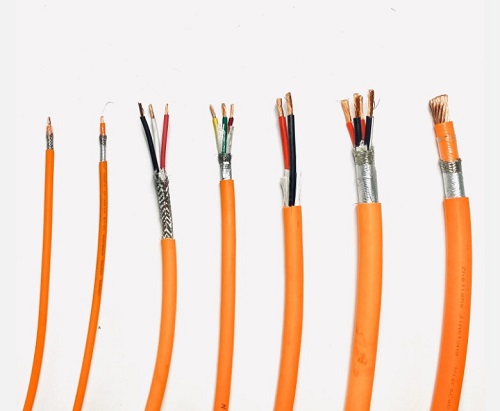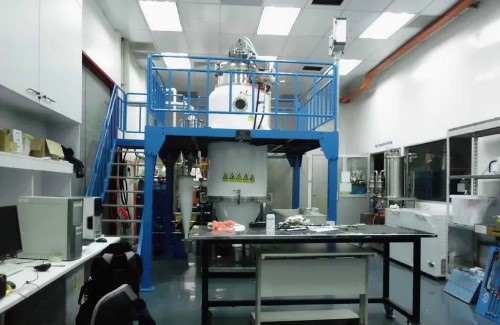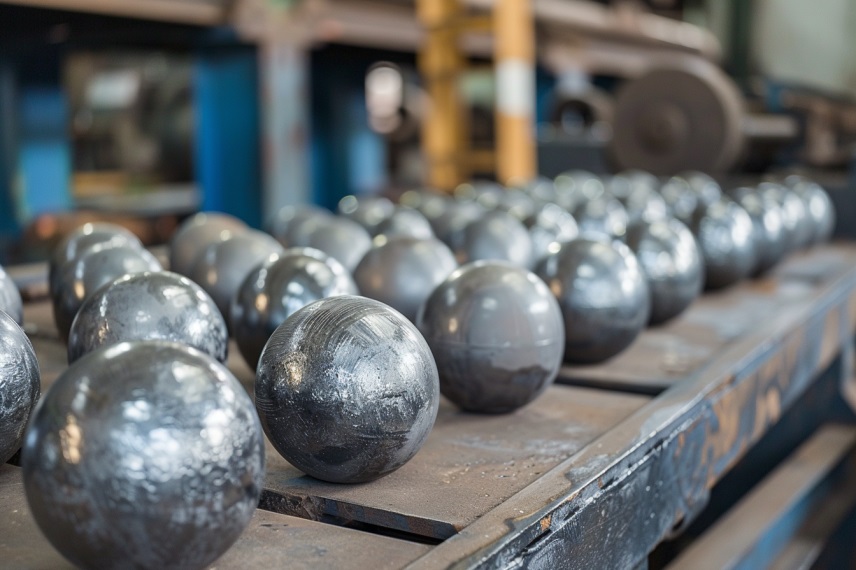Why is zirconia an essential material?
As a unique advanced ceramic material, zirconia was first discovered in 1975 and has since been praised as "Ceramic Steel" by the famous magazine named Nature. As a new material, zirconia shows its top appearance, function and structure characteristics, all of which make zirconia ceramics an unlimited potential to be used in a wide range of fields, from medical products to wearable devices, from luxury goods to new energy, from household goods to consumer electronics.
Zirconia ceramic refractory
Zirconia ceramics have been used in the field of refractories since the early 1920s, and it still has a place in the field of refractories today. The melting point of zirconia ceramics is as high as 2700 ℃, and it does not react with molten metals such as aluminum, iron, nickel, platinum, silicate and acidic slag, even when heated to more than 1,900 degrees Celsius.
Zirconia ceramic crucible
As mentioned earlier, the melting point of zirconia ceramics is as high as 2700 ℃, so the zirconia crucible can successfully smelt platinum, palladium, ruthenium, and cesium precious metals and their alloys, and it can also be used to smelt potassium, sodium, quartz glass, oxides, and salts.

Zirconia ceramic refractory fiber
Zirconia ceramic fiber is the only refractory ceramic fiber that can be long-term used in ultra-high temperature environment. It has a higher service temperature than alumina fiber, mullite fiber, aluminum silicate fiber, and better thermal insulation performance, and has high-temperature chemical stability, corrosion resistance, oxidation resistance, non-volatile, pollution-free.
Zirconia ceramic furnace materials
As a refractory material, zirconia is mainly used in the key parts of large glass pit kilns. The zirconia refractory used in the early stage only contains 33%~35% zirconia, and the zirconia refractory containing 94%~95% zirconia used in the top and key parts of the glass kiln, which greatly improves the life of the glass kiln.
Zirconia structural ceramics
Zirconia ceramic bearing
Zirconia all-ceramic bearings have a series of excellent properties, such as resistance to magnetoelectric insulation, wear resistance, corrosion resistance, no oil self-lubrication, high-temperature resistance, high cold resistance, which can be used in the extremely harsh environment and special working conditions. At present, zirconia ceramic bearings have been adopted by micro-cooling fans, and their product life and noise stability are superior to traditional ball bearing and sliding bearing system. Foxconn pioneered the use of zirconia ceramic bearings on computer cooling fans.

Zirconia ceramic valve
Due to the limitations of metal materials themselves, corrosion damage of metal has a considerable impact on the service life, reliability and wear resistance of valves. Besides, the effect of mechanical and corrosion factors on metals greatly increases the total wear on the contact surface. During valve operation, the friction surface is worn and damaged as a result of the mechanical action and chemical or electrochemical interactions between the metal and the environment. For valves, the working climate of their pipes is complex, and the hydrogen sulfide, carbon dioxide and some organic acids in the medium such as oil, natural gas, and reservoir water increases the destructive power on its surface, thus rapidly losing its working capacity.
The zirconia ceramic valve has excellent wear resistance, corrosion resistance, and high-temperature thermal shock resistance, so it is suitable for this field.
Zirconia ceramic abrasive
Zirconia ceramic grinding balls have high hardness, low wear rate, and long service life, and it can greatly reduce the pollution of grinding materials, which can guarantee the product quality. Besides, zirconia ceramic material has a high density and strong impact energy when used as grinding medium, which can greatly improve the dispersing efficiency and shorten the grinding time.
Zirconia functional ceramics
Zirconia ceramic cutting tools
Zirconia ceramic cutting tools have the characteristics of high strength, wear resistance, no oxidation, no rust, acid and alkali resistance, anti-static, and do not react with food. At present, the main products are zirconia ceramic knife, scissors, razor and scalpel, which have been popular in Europe, the United States, Japan, Korea and other places in recent years.

Zirconia bioceramics material
The quality of porcelain dental materials directly affects its quality and patients' health. The inner crown of porcelain teeth is made of different metal materials, and it is easy to oxidize with oral saliva. The zirconia porcelain teeth have no inner metal layer, and the teeth have good transparency and gloss, which can effectively avoid the problems of tooth allergy and dark gum line. Besides, the strength and toughness of zirconia materials make up for the defect of common porcelain teeth that are easy to break. With good biocompatibility, it does not stimulate the oral mucosa tissue and is easy to clean. It is the most excellent porcelain teeth at home and abroad at present.
Zirconia oxygen sensor
In the automotive industry, oxygen sensors are essential in engines that use three-way catalytic converters to reduce emissions. There are two kinds of oxygen sensors: titanium oxide sensor and zirconia sensor, and the most widely used one is the zirconia sensor.
Zirconia communication materials
With the development of emerging industries such as information and communication, its products have been developing towards high precision and miniaturization in recent years. Excellent mechanical properties, corrosion resistance and high insulation properties of toughened zirconia ceramics are capable of this field. Currently, there are zirconia ceramic pins and zirconia ceramic sleeve products available. In the ceramic PC type optical fiber mobile connector, the zirconia insertion body is the key part.
Zirconia ceramic decorative material
Traditional decorative ceramics are made of ordinary silicate materials, such as vases in display porcelain, ceramic painting boards, and ceramic tiles for interior and exterior decoration. Zirconia ceramic decoration materials have created a new field of human beautification itself, which mainly applied to simple accessories and accessories with application functions.

Zirconia ceramic gemstone material
The gem materials of zirconia ceramics are divided into natural cubic zirconia and synthetic cubic zirconia ceramics. Natural cubic zirconia ceramics are extremely difficult to find in the natural state, which decides that it has the characteristics of the rarity of the precious stone material. Naturally formed cubic zirconia is very rich in color and is a very rare precious natural gem, while the synthetic cubic zirconia has good optical properties and is a cheap and beautiful alternative to diamonds.
Zirconia ceramic jewelry
There are several zirconia ceramic accessories with application functions, and the typical products are zirconia ceramic watch case, watch ring, watch band and so on. Internationally renowned brands such as Chanel, RADO have all zirconia ceramic models and are expensive.









